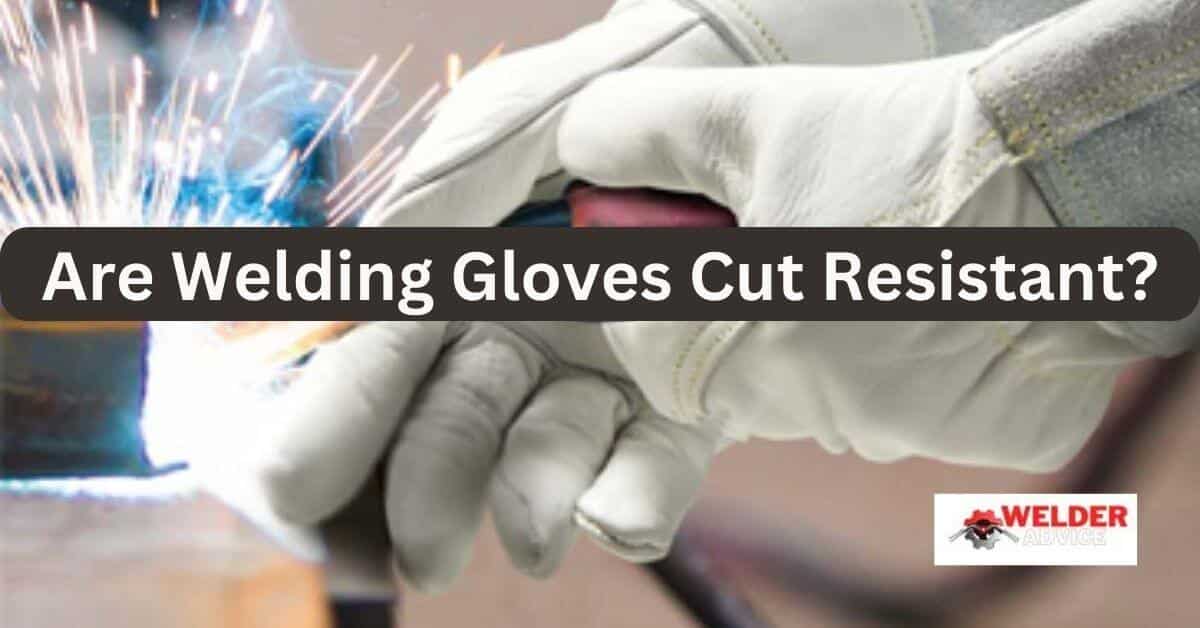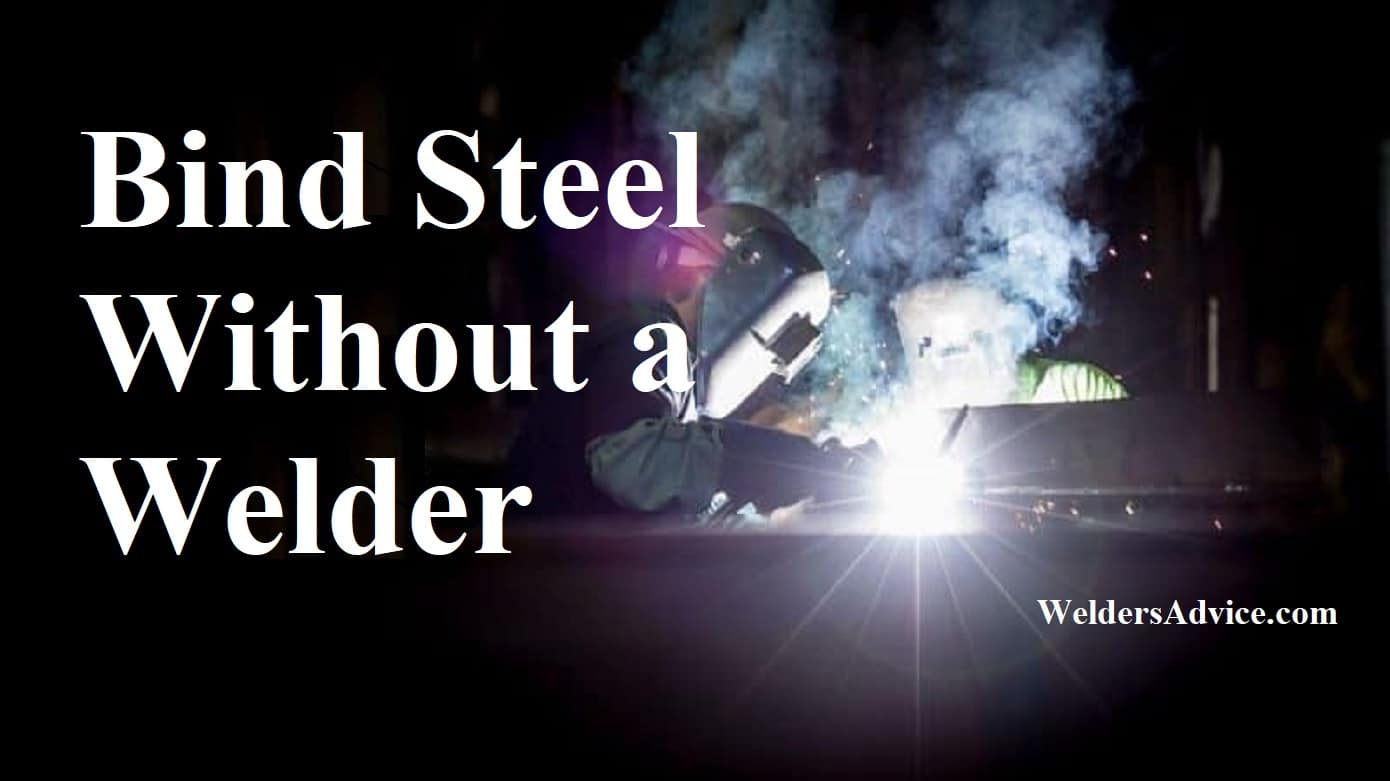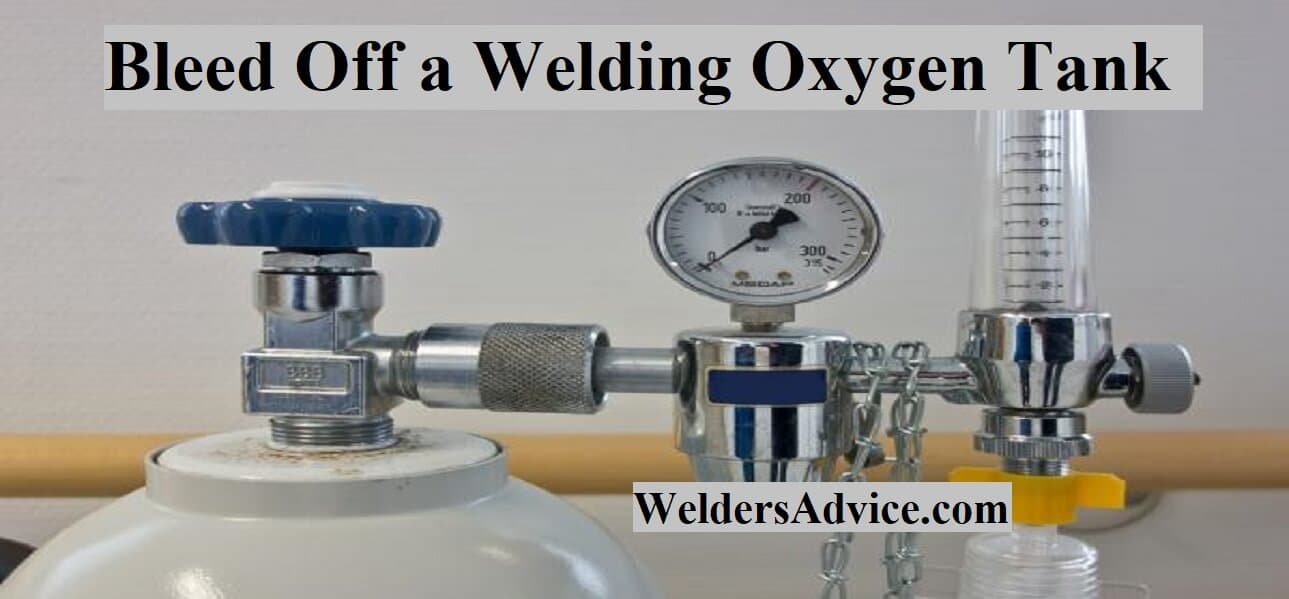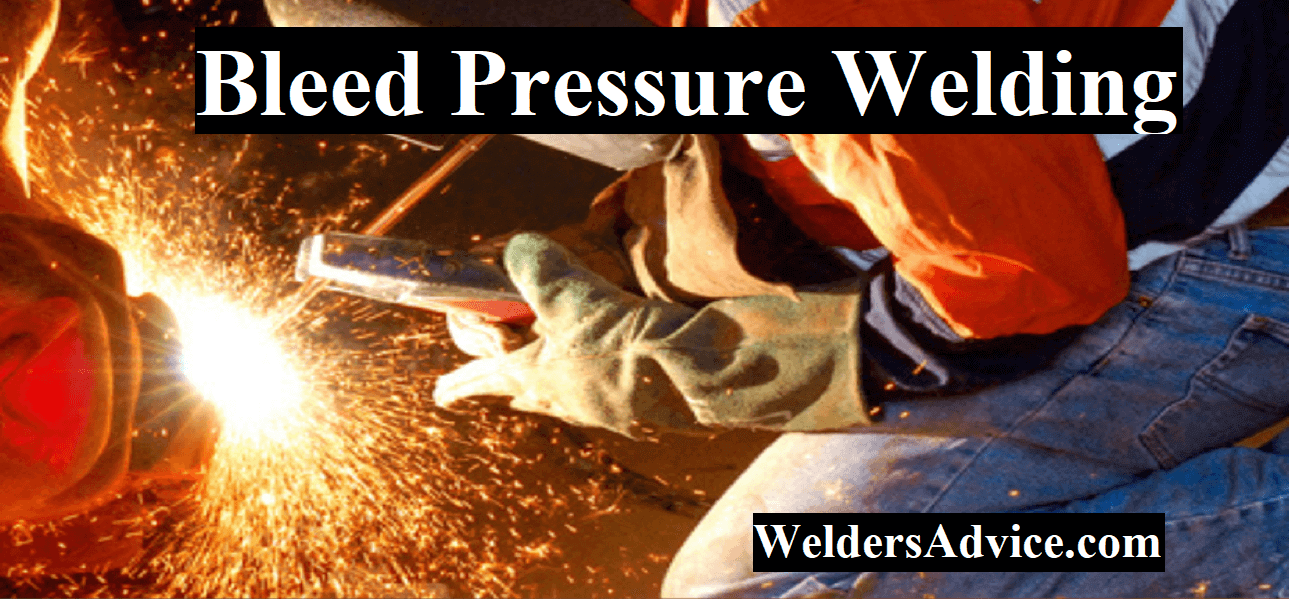Are Welding Gloves Cut Resistant? To find this answer you have to know that welding gloves are an essential component of any welder’s toolkit. They offer much-needed protection against high temperatures, flames, and sparks during welding.
However, many welders wonder if their gloves are also cut resistant. This is an important consideration as welding typically involves handling sharp tools and materials that can cause cuts or punctures.
Types Of Welding Gloves
Welding gloves are essential safety gear when dealing with high temperatures and sharp materials. There are numerous types of welding gloves available in the market with varying features and benefits. These include leather, cotton, and synthetic gloves which are designed to withstand different types of welding processes.
Are Welding Gloves Cut Resistant?
The materials used in welding gloves include cowhide and goatskin leather. Which offer a high level of heat resistance and durability. Additionally, some welding gloves are coated with materials like Kevlar and Nomex which provide additional cut resistance. It is essential to select the right welding gloves based on the task at hand to ensure optimal protection, comfort, and performance.
Cut Resistant Gloves
Cut resistant gloves are an essential piece of equipment for welders, as they protect their hands from cuts and abrasions. It is a measure of a material’s ability to withstand cuts from sharp objects, such as knives or metal edges.
Cut resistance is important in welding gloves because the welding process involves handling sharp tools and materials that can cause serious injuries to the hands. Cut resistant materials used in welding gloves include leather, kevlar, and synthetic materials. Leather is the most common material used in welding gloves. But it is not as durable as kevlar or synthetic materials.
Advantages & Disadvantages of Cut-Resistant Welding Gloves
The advantages include protection from cuts and abrasions. While disadvantages include reduced dexterity for fine welding work. Overall, cut resistant gloves are an important safety measure in welding, and choosing the right material is crucial to ensure maximum protection for the hands.
Testing Cut Resistance In Welding Gloves
Welding is a hazardous job that calls for protective gear, and welding gloves are a vital component of that gear. One of the critical features to look out for when buying welding gloves is cut resistance. In testing cut resistance, there are two primary methods to evaluate the gloves.
The en 388 standard cut resistance test method involves measuring the number of cycles required to cause the material to cut. On the other hand, the ANSI/ISEA 105 standard cut resistance test method focuses on measuring the force required to cut through the material.
Understanding these methods is essential in selecting the appropriate cut-resistant welding gloves to ensure your safety in the welding environment.
FAQs
Are Welding Gloves Cut-Resistant?
Yes, welding gloves are generally cut-resistant because they are designed to protect the wearer’s hands from sharp objects.
What Materials Are Used To Make Welding Gloves Cut-Resistant?
Most welding gloves are made of leather that is treated with special materials like kevlar or metal mesh to improve their strength and durability.
Can You Use Regular Gloves For Welding Instead Of Cut-Resistant Gloves?
No, it is not recommended to use regular gloves for welding as they do not provide adequate protection against the heat and sparks generated during the process.
How Do I Know If My Gloves Are Cut-Resistant?
Check the label or the manufacturer’s specifications to determine if the gloves are cut-resistant and what level of protection they provide.
Final Thoughts
Welding gloves are not necessarily cut-resistant. While they are designed to protect the hands from heat, flames, and sparks, they are not specifically designed to withstand cuts or punctures. However, some welding gloves may have added reinforcement or a higher level of abrasion resistance that can offer some protection against cuts.
It is important to choose the right type of gloves for the job and to always prioritize safety by wearing appropriate personal protective equipment.






